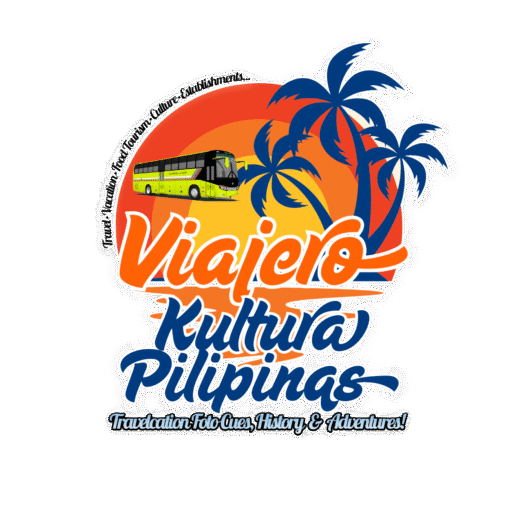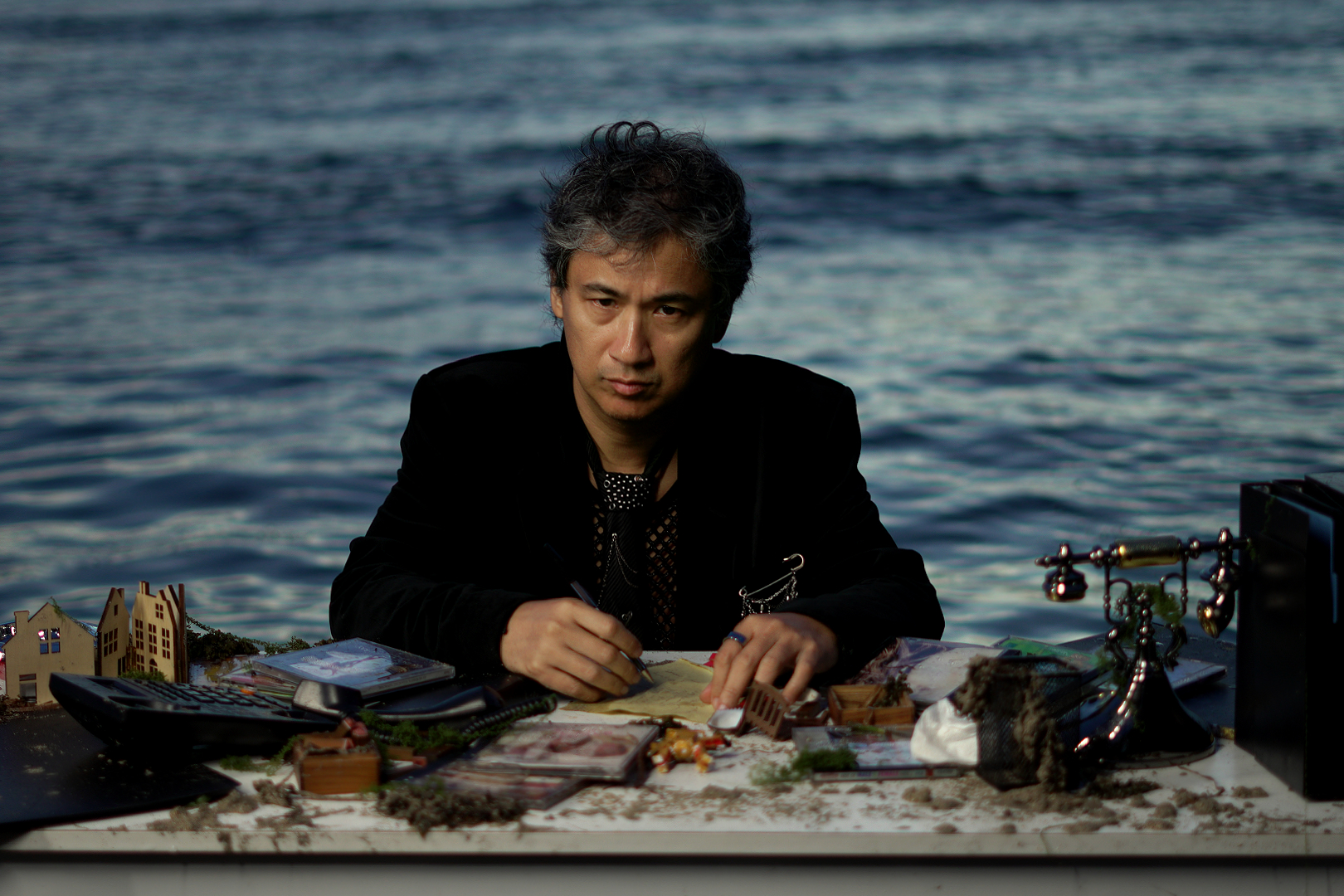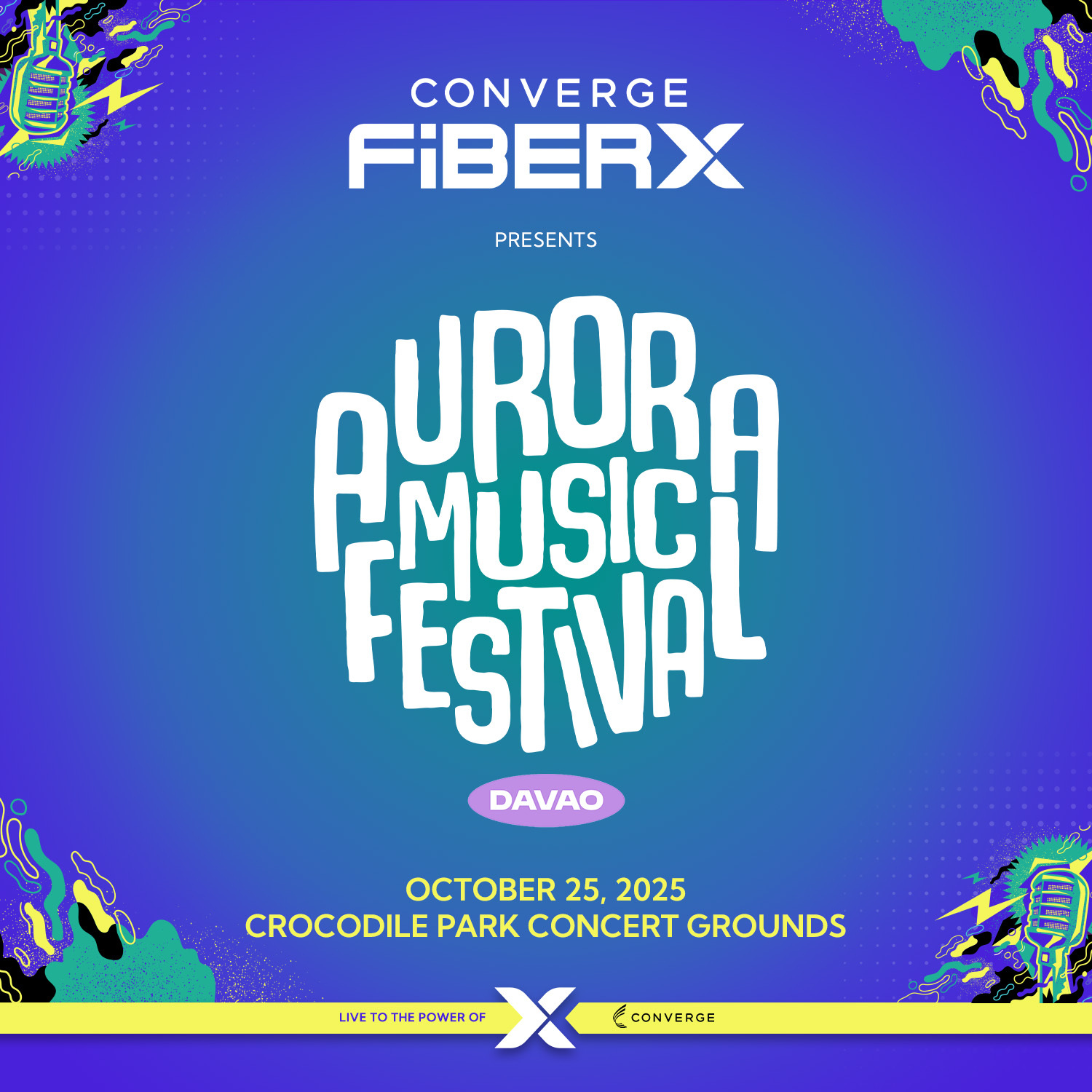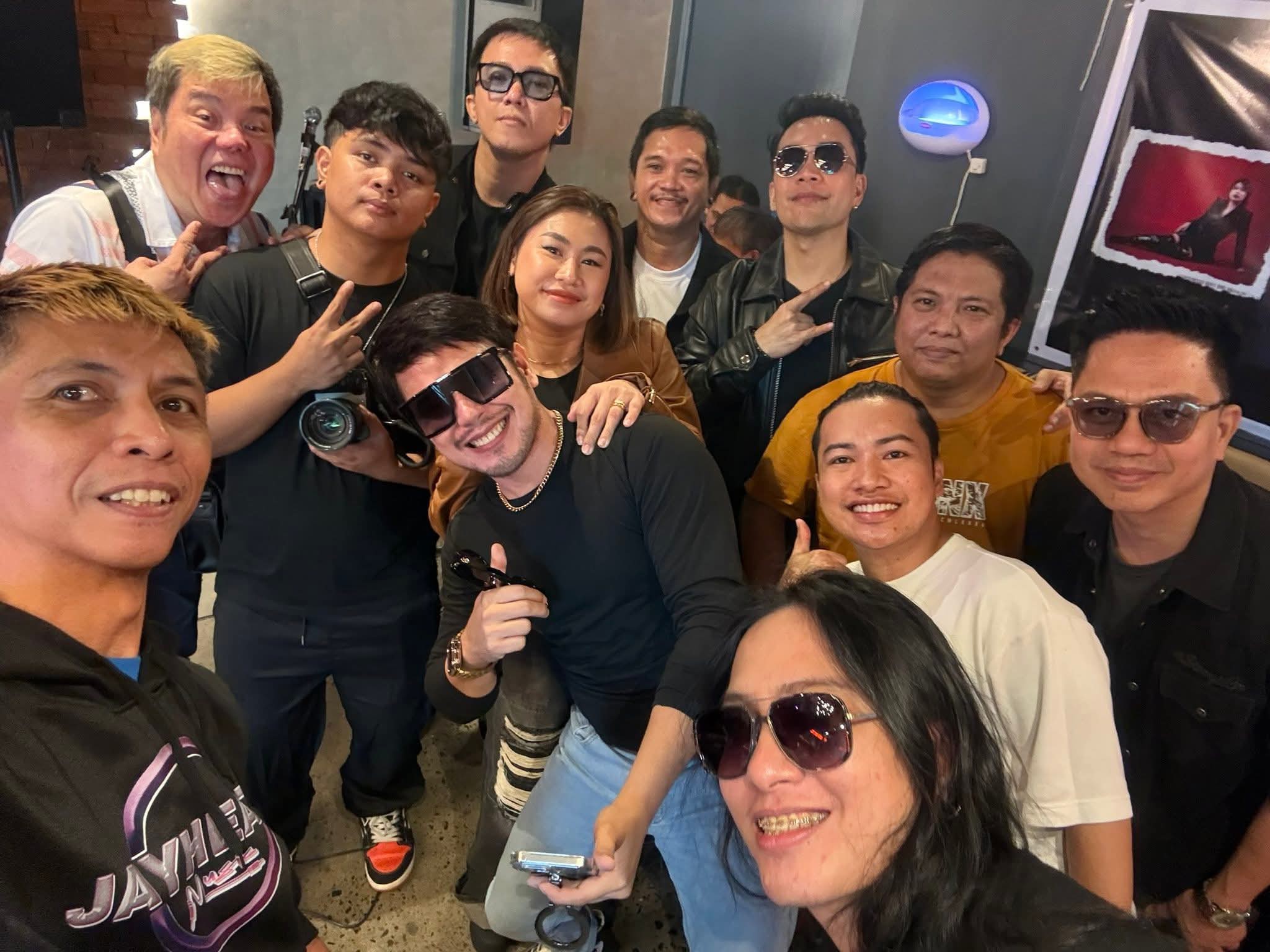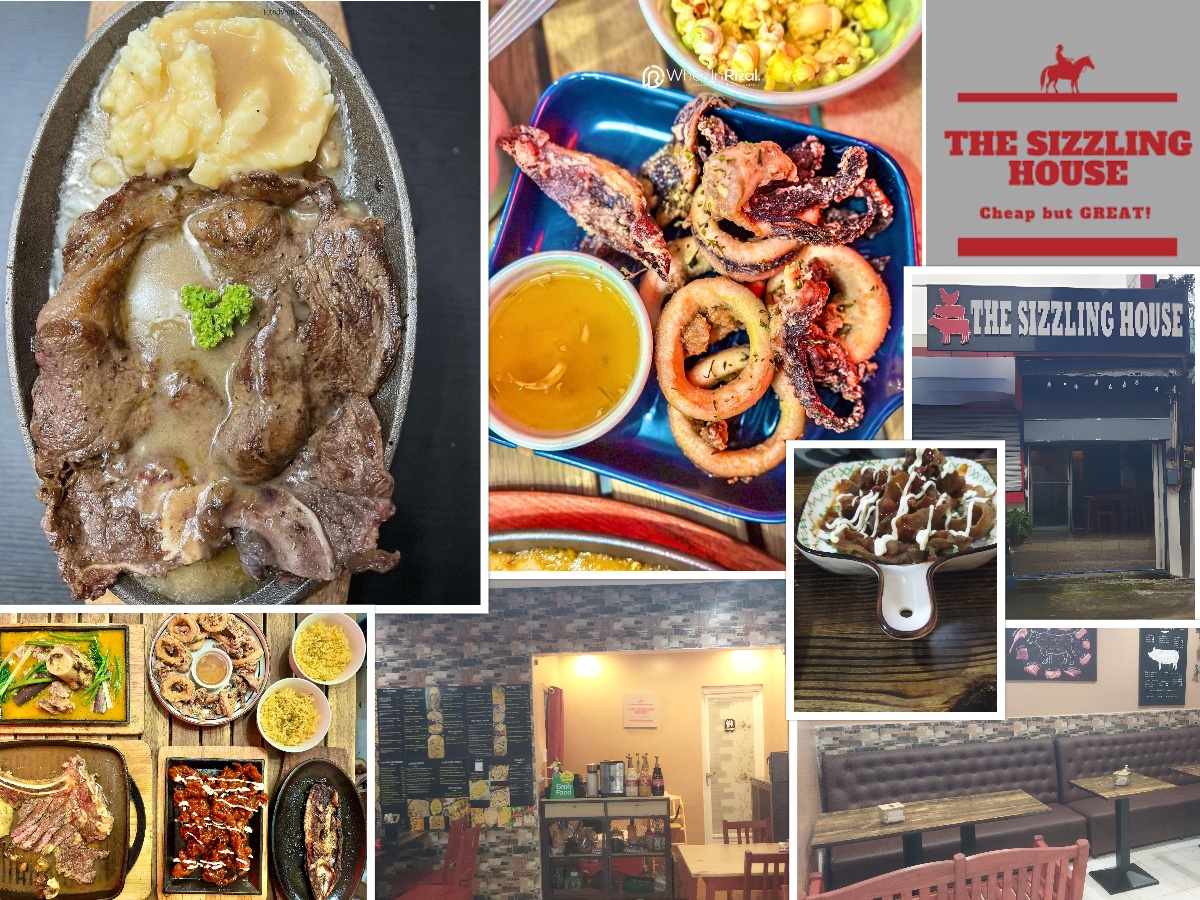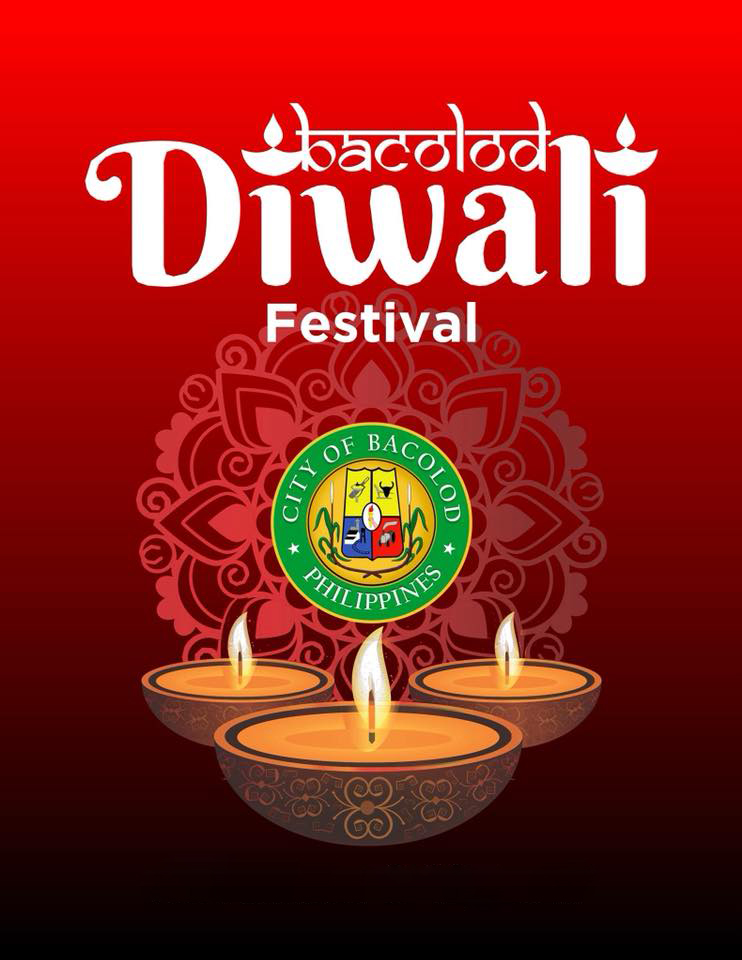Hidden Cultural Treasures: Underrated Festivals of Bacolod City and Their Role in Tourism
When people hear Bacolod City, the vibrant MassKara Festival typically comes to mind—a celebration of resilience and joy that has attracted national and international attention since the 1980s. However, beyond the sparkling masks and street dances lies a rich tapestry of lesser-known festivals that embody the spirit of Bacolodnons and the city’s deep cultural roots. These underrated events not only reflect the city’s heritage but also possess untapped potential to promote inclusive tourism and cultural pride.
Potential and Challenges for Underrated Festivals
While these festivals are rich in cultural value, they often lack funding, promotion, and infrastructure. Several factors impede their growth.
- Limited media coverage and digital marketing
- Inadequate support from local tourism boards
- Absence of tourist-ready facilities in barangay areas
However, with better coordination between LGUs, private sectors, and local creatives, these events can be integrated into a broader Bacolod tourism strategy that goes beyond MassKara.
The Way Forward: Building a Cultural Tourism Circuit
By creating a year-round cultural calendar that includes these underrated festivals, Bacolod City can:
- Distribute tourist traffic across the year
- Encourage community-based tourism
- Highlight Bacolod’s diverse cultural identity
- Promote sustainable tourism rooted in tradition and ecology
Why Look Beyond MassKara?
The MassKara Festival, while iconic, often overshadows smaller, community-centered festivals that preserve local traditions and history. These festivals, often celebrated by specific barangays or districts, serve as intimate windows into Negrense life. They showcase local craftsmanship, devotion, culinary identity, and folk traditions rarely seen in mainstream media.
Let’s journey through these hidden cultural treasures of Bacolod:
Panaad sa Negros Festival (Held in Bacolod)
An event held in April at the Panaad Park and Stadium. Despite being a provincial celebration, Bacolod hosts Panaad sa Negros, bringing together the 13 cities and 19 municipalities of Negros Occidental. Established in 1993, it was initially meant to bring together Negrense culture under one roof. “Panaad” means vow or promise—a tribute to religious devotion and thanksgiving. It is the culmination of all celebrations.
Each town sets up a themed pavilion showcasing their local products, industries, and micro-festivals—many of which are unknown even to Negrenses themselves.
Tourism Impact
Although it is less well-known than MassKara, Panaad attracts tens of thousands of local and international visitors. It acts as a platform for agritourism, culinary tourism, and cultural exchange. If properly promoted, it could rival major cultural expositions in the Philippines.
Diwali Festival (Barangay Punta Taytay)
The Diwali Festival represents the return of Prince Rama of Ayodhya, accompanied by his wife, Sita, and brother, Lakshman, after a 14-year exile and a victorious war. Diwali reflects a rich and illustrious heritage while instructing its observers to maintain the fundamental values of life.
The Diwali Festival, or Festival of Lights, is commemorated by the Filipino-Indian community in Bacolod through diverse cultural and religious activities. The celebration generally features an elaborate parade, cultural exhibitions, and a Diwali Mela (fair). The festival seeks to cultivate camaraderie and reinforce connections between the Filipino and Indian communities while enhancing tourism.
Tourism Impact
The Diwali Festival in Bacolod, orchestrated by the local Indian community, substantially influences tourism by fostering cultural exchange, drawing visitors, and enhancing the local economy. The festival highlights Filipino-Indian culture, promoting awareness and appreciation of both traditions. This event generates economic advantages, as establishments such as hotels, restaurants, and souvenir shops witness heightened revenue.
Bacolaodiat Festival (Chinese New Year)
Started in 2006 with a varying timeline, usually held between January and February, and coinciding with the Chinese New Year, the Bacolaodiat Festival honors the deep ties between the Chinese-Filipino community and Bacolod’s economic and cultural development. It features lantern parades, Chinese cultural shows, calligraphy exhibits, and dragon dances, culminating in a dazzling fireworks display. Visit Lacson Street and the Chinatown area to get a full experience of the festival. For those unfamiliar with the festival, Bacolaodiat is a portmanteau that combines ‘Bacolod’ and ‘Lao Diat,’ which means celebration in Fookien.
Tourism Impact
It brings together locals and tourists in a celebration of multicultural identity. With proper national exposure, Bacolaodiat could be the central Chinese New Year celebration in Western Visayas, boosting cultural tourism during a non-peak season.
Other underrated festivals also include the Pasigabong Festival of Granada.
Bacolod’s true richness can be found in the quiet, colorful corners of fishing villages, barangay plazas, and cultural enclaves, where history breathes and tradition thrives. These underrated festivals are not just side events—they are the soul of the city, waiting to be discovered.

